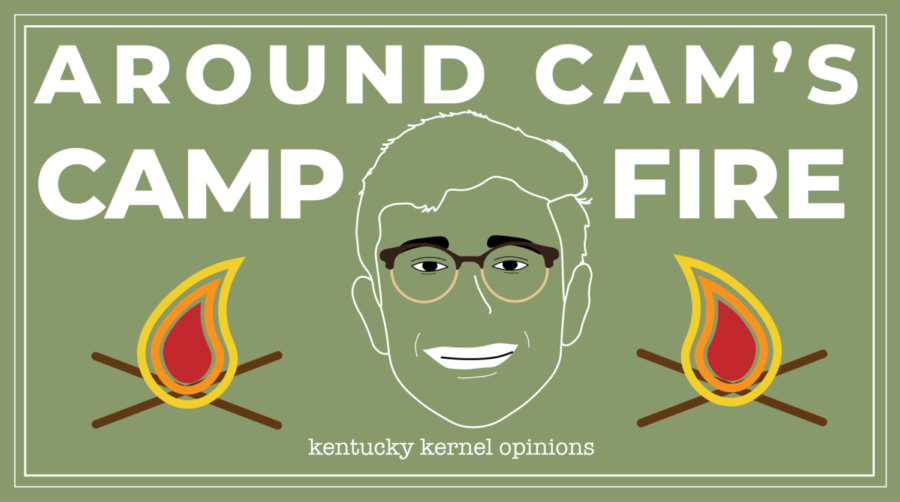Killer campfires and protecting Ky. forests
October 24, 2019
Earlier this month, over 100 acres of forest in the Red River Gorge near Sky Bridge burned because campers allowed their fire to escape from control. As we start to get outside and enjoy the Kentucky autumn, we should take time to consider the dangers of campfires.
The beginning of the fall of 2019 was much hotter and drier than normal. Unfortunately, as the effects of climate change worsen, these may be the conditions we will come to expect. This hotter, drier weather is a massive welcome sign for wildfires, which threaten ecosystems, local economies, and human life. A forest fire will feed on whatever is can, with the most obvious fuel being trees.
Trees spend their entire lives sucking carbon dioxide (one of the main greenhouse gases responsible for climate change) out of the atmosphere and locking it inside of their bodies. When trees burn, much of the carbon dioxide is sent straight back into the air, where it can contribute to climate change. When hundreds of acres of forestland burn, that is a huge amount of carbon dioxide being released. That is a massive problem since wildfire intensity is increasing across the globe, both releasing the gas and destroying our best way to store it.
By storing carbon dioxide, trees serve us all but we also need to think about who actually owns those trees. Lumber has long been a part of the economy of Eastern Kentucky, so when trees burn, people are at risk of losing their livelihoods.
In the case of the Red River Gorge, the fire was on public land that’s main purpose is recreation. When the Forest Service has to close down areas because of a fire, the restaurants that feed hungry hikers, the cabin rental companies that give them a place to sleep, and guiding services who introduce them to the area lose business. If the fire were to burn onto private land, it could destroy homes and farmland that may be all that some people own.
Trees and property aren’t the only ones at risk. Fires move fast. A group of hikers could easily be trapped and killed if they are in its path. Since we know that fire can be dangerous, we have to put them out, so we call on wildland firefighters. According to the US Fire Administration, 39 of these heroes have already died in 2019 fighting fires across the country.
Although the weather is getting cooler, the US Forest Service expects the forest fire season to continue until December. So, before you get ready to roast hotdogs and s’mores over the flames, take the time to check if burn bans are in place for the areas you plan on visiting. If a ban isn’t in place, make sure you keep your fire as small as possible and that you have water nearby.
As you enjoy Kentucky’s natural beauty this fall, be responsible and know that your little campfire could hurt people, property, and our our environment.
Around cam’s campfire is a new column by Natural Resources and Environmental Sciences student Cameron Luker. Read last week’s column here.




























































































































































